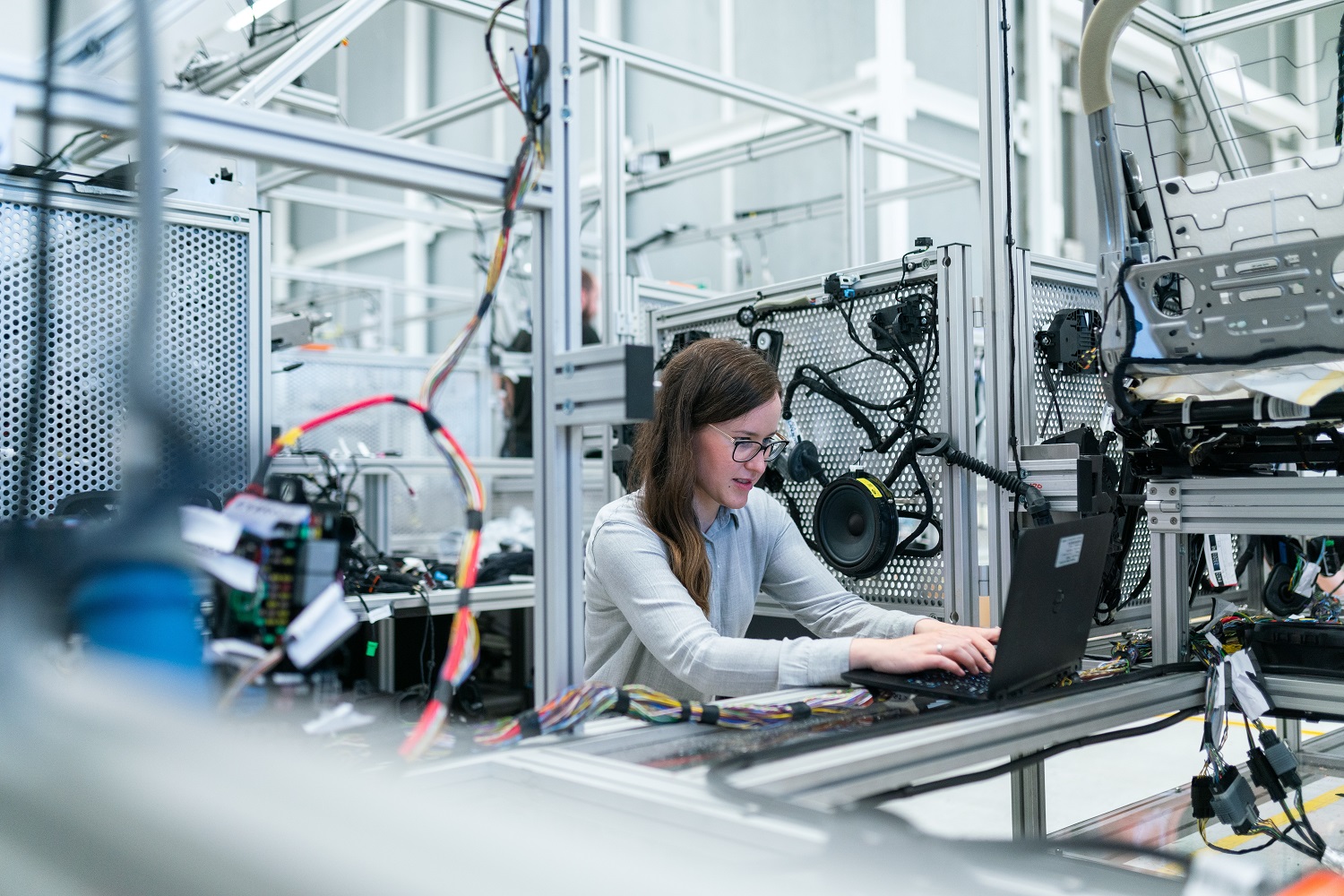
The manufacturing industry, one of the largest employers in the country, relies heavily on manpower. However, companies are increasingly integrating innovative technologies into everyday operations.
Manufacturing firms typically fall into one of three levels of technology integration. At the lowest level, all or most tasks are carried out by humans with some assistive equipment or systems. Mid-range systems delegate most physical duties as well as some decision-making responsibilities to robots or data processors. Advanced factories and warehouses incorporate automation and data collection into every segment of the process, including operations, logistics, and inventory management.
The manufacturing industry has experienced widespread adoption of advanced automated systems. The growth is so profound that data analytics firm Grand View Research predicts that the emerging smart manufacturing market will experience year-over-year growth exceeding 13%.
Below are some of the leading trends driving the rise of technology-enhanced manufacturing processes.
Additive Manufacturing
Few processes blend technology and industry as seamlessly as additive manufacturing. This process uses industrial 3D printers to turn virtual models into physical objects.
Unlike traditional manufacturing, which relies on cutting or stripping away material to produce an item, additive manufacturing builds upon itself. This eliminates waste and increases the viability of small-scale productions, such as prototypes.
Additive manufacturing also has applications for mass-produced items, specifically for the aerospace, automotive, and medical industries.
While the 3D printing manufacturing business is the most well-known term for additive manufacturing, there are several other categories for this process.
For example, vat photopolymerization builds objects using layers of resin processed by UV light energy. Sheet lamination bonds layers of sheet metal together. The machine then carves the item out of the newly created metal block.
Automated Warehouses
Automation has streamlined many of the most repetitive tasks in manufacturing, including inventory management, sorting and transport, and item scanning. In the most advanced warehouses, even high-level decision-making has been outsourced to automated systems.
Much of the automation in the industry is carried out by industrial robots. These machines use a combination of sensors and moveable parts to perform tasks such as sorting, transporting, and drilling. These robots can also take on work in environments that are too hazardous for humans.
While robots reduce the need for manpower, they still require oversight to prevent and address malfunctions. Additionally, some types of robots require a human controller. Still, industrial robots make a notable impact on productivity. A 2020 Department of Commerce report found that a 1% increase in robot use correlated with a 5% increase in productivity.
Sensors and cloud-based software can also increase productivity by reducing scanning errors and accelerating order fulfillment.
Internet of Things
Wifi-enabled sensors also allow devices and equipment to share and analyze data. In these smart factories, machines can transmit status updates and notify other components of any delays or issues. Manufacturers can also harness the data collection power of the Internet of Things to monitor industry-impacting trends.
Big data can be used to predict equipment failures or surpluses and shortages of raw materials. This data enables manufacturers to make informed business decisions that boost profit and stimulate innovation.
Factory Data Analysis
Manufacturers are also leveraging data generated from sales, customer feedback, and financing to improve services and increase competitiveness. This new method of approaching manufacturing challenges with data analytics has been labeled Industry 4.0, in reference to the fourth industrial revolution.
Predictive performance is a key component of factory data analysis. High-tech artificial intelligence and machine learning systems master and oversee processes. This data is then used to make predictive models to improve security, anticipate maintenance needs, and manage costs.
Through Industry 4.0 innovations, manufacturers can act proactively to prevent issues rather than losing money and productivity by addressing problems after the fact.
Error Detection
Flaws, defects, and human error cost manufacturers millions of dollars every year due to resulting downtimes. Faulty products can also damage a company’s reputation or result in costly lawsuits. It is no wonder that the American Society of Quality found that manufacturers invest as much as 40% of production revenue towards quality control.
Computerized vision systems can work alongside or replace human inspectors to scan flaws at vital stages of the manufacturing process. These systems run on AI technologies that can learn common anomalies and flag inconsistencies.
By automating the error detection process, manufacturers can identify production issues before they become costly to rectify. Machines also have a much higher error detection rate than humans. A case study by technology conglomerate Intel reported a 99.9% error detection rate on its automated defect detection solution.
